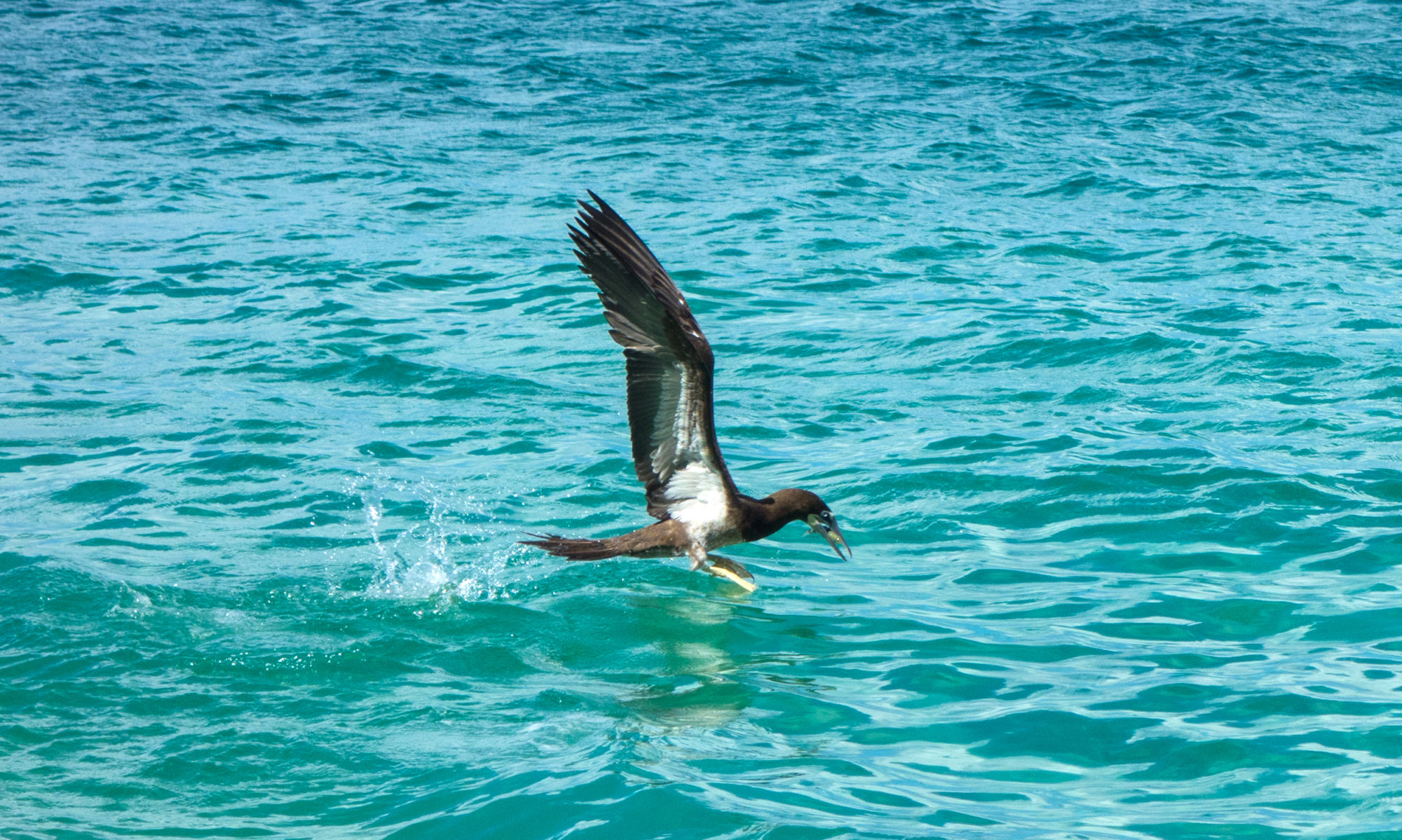Lionfish, native to the South Pacific and Indian oceans, began making an appearance along Florida’s coasts sometime in the 80’s. I suspect this introduction of a non-native fish had a lot to do with the emptying of salt-water aquariums; lionfish are quite pretty and therefore a popular addition to aquariums, but, being carnivorous predators that fight for space and eat small fish, I figure they quickly became unpopular to the Floridian fish tank owners! My sea-captain husband thinks they may have been introduced along Florida’s coastlines inadvertently by cargo ships emptying their ballast holds, and perhaps both theories fit the bill.

Lionfish are very beautiful, with colourful stripes and lacy, fan-like fins. However, they have long dorsal spines that, similar to those of the scorpionfish, are quite venomous, and a sting from the fish is no laughing matter. Over the past three decades lionfish have gradually invaded our part of the Caribbean, and, because they breed quickly and have few (if any) predators, their numbers have multiplied in an alarming fashion. These fish are a terrible nuisance because they fight for food with fish such as snappers and groupers, and kill helpful species such as the parrot fish. Their presence is harming the reef ecosystems; without the algae-eating species cleaning the coral reefs, seaweed is in danger of taking over, and this works just fine for the lionfish but is detrimental to the rest. Climate change isn’t helping the situation; the warmer water is perfect for fish who prefer mangroves, seagrass and, of course, coral reefs, and warmer water is something we have in abundance.

Many people believe that lionfish are poisonous and therefore can’t be eaten, and this simply isn’t true. They are venomous creatures, which means they are able to sting and inject toxins from their spines. In contrast, Poisonous creatures contain organisms that unload toxins when you eat them, and that’s a whole different story. Lionfish, once the venomous spines have been carefully removed, are perfectly safe to eat. One must be mindful of the spines though; even after they’ve been removed from the fish, they’re still venomous and need to be handled with care. The Lionfish has white flaky meat similar to that of a grouper, and, although not my favourite, it’s very tasty as well as nourishing. A movement to catch and eat as many lionfish as possible originated in Florida and the Bahamas, and has now caught on in the Caribbean. There are a few catchy phrases such as “sustainable dining” and “eat ‘em to beat ‘em”, slogans that are designed to encourage folks to do something good for the ecosystem. REEF (Reef Environmental Education Foundation) has even released a lionfish cookbook containing 45 recipes along with details on how to handle the venomous fish.

This method of dealing with the lionfish by “turning a menace into a main course” is smart, and perhaps the only way to deal with their invasion in a practical manner. After all, they ARE a source of healthy food, and how many times do we get to eat our enemies!? I’m happy to eat them, but will leave the catching and cleaning of Mr. Lionfish to others!



